Do you know Meehanite metal?
Meehanite is a trademark for an engineering process to make many types of cast iron. When a foundry advertises that produces “Meehanite Iron” this means the foundry is licensed by Meehanite Metal Corporation, initially of Chattanooga, Tennessee but now based in Mequon, Wisconsin. The Meehanite process includes a series of specific processing steps, which, when followed, will produce, according to Meehanite, cast iron with uniform soundness, consistent physical properties and dependable performance in service.
Meehanite metal specifications include a wide range of cast irons, including flake graphite types, ductile irons, austempered ductile irons, wear resistant irons, heat resistant irons and corrosion resistant types. Meehanite is not a specific alloy or material. While Meehanite lists all of these metal types in its grouping of specifications, all of these types of cast irons can and are made by non-Meehanite licensed foundries. Many of the types of engineering grades listed by Meehanite were discovered or developed by other companies.
Castings made by this method are used for example, to make machine tools and other types of castings. Some Meehanite alloys are designed for high corrosion resistance. Metal specifications for Meehanite cover the whole range of cast irons from the soft, easily machinable to high strength ductile iron types with tensile properties exceeding many steels.
There is a series of flake graphite and nodular graphite types that are used for general engineering applications where strength and machinability are the main considerations. Other types are recommended where corrosion, heat resistance or wear resistance play a dominant role.
The rotary table consists of a Meehanite cast iron structure housing a hydrostatic rotary system with a hydraulic locking function.
High alloy austenitic grades and compacted graphite irons are also available. Twenty six different types of Meehanite metal are produced to definite national and international standards for tensile strength, Brinell hardness and microstructure. Special customer specifications can be met, usually under the umbrella of Meehanite specifications.
This is a hard spot in a Meehanite (proprietary alloy) cast iron with 3% carbon.
The Meehanite Process employed in 1945 was the earliest form of foundry statistical process control. More stringent control was exercised through the implementation of standardised Meehanite gating and feeding practices. The Process incorporates a continuous system of inspection of all process parameters recording and recognising deviations and acting upon such events in time resulting in a practical quality assurance system In the interests of casting quality recommendations on the manufacturing equipment suited to the production of the foundry’s casting range are made during the introduction of the Process.
A structured programme of audit (service) visits are applied to assess a foundry’s quality level and reports detailing practical remedial actions are provided. A scrap control system is introduced and monitored during audit visits. Metallurgical principles developed in the production of Meehanite flake irons were extended enabling the manufacture of nodular irons even from the cupola. Many patented procedures were developed to overcome magnesium recovery and fade. Ultrasonic determination of nodular iron structures was pioneered as a control tool. Meehanite metallurgy was further expanded to create a family of irons to withstand heat, wear and corrosion service conditions.

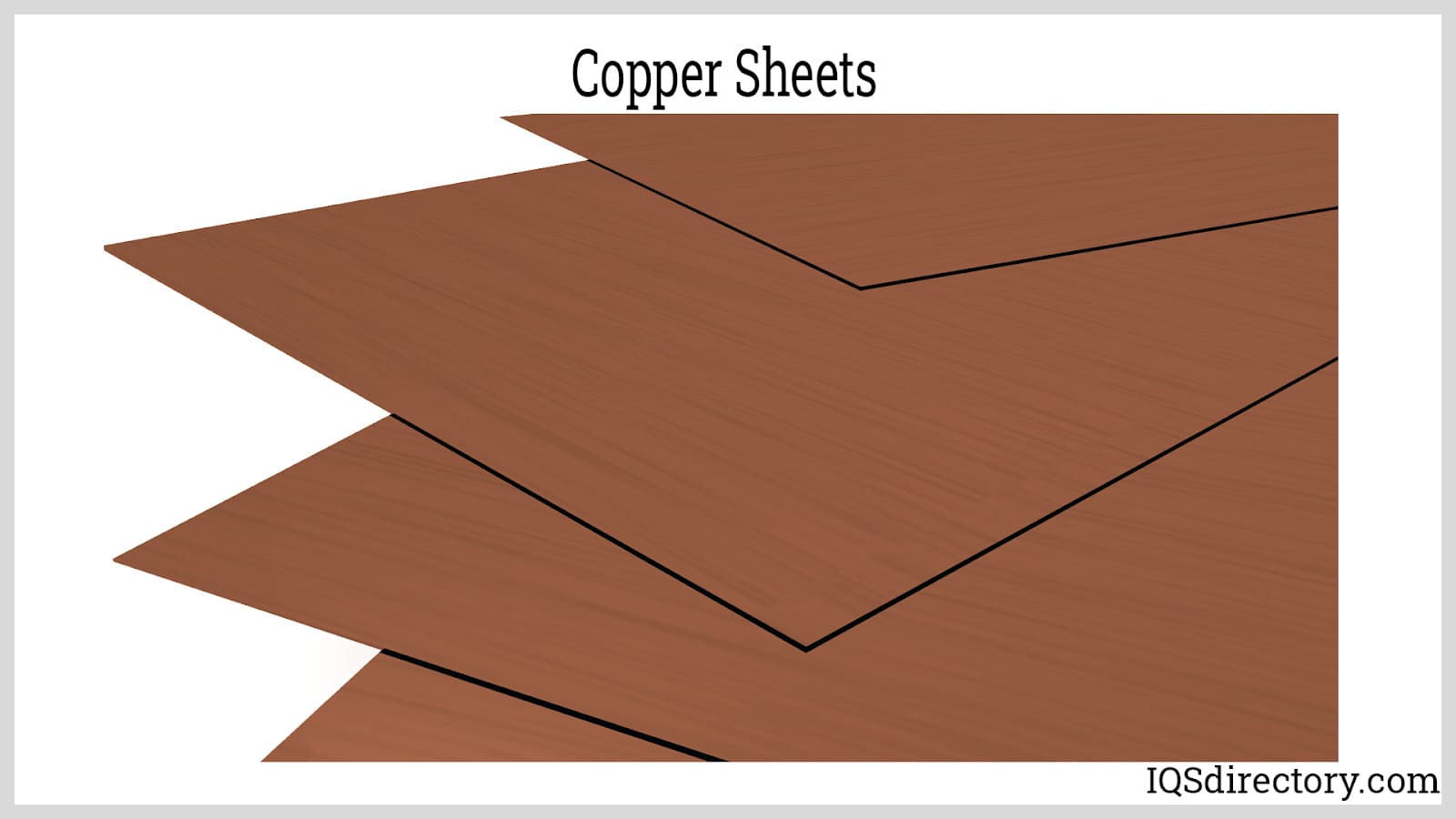

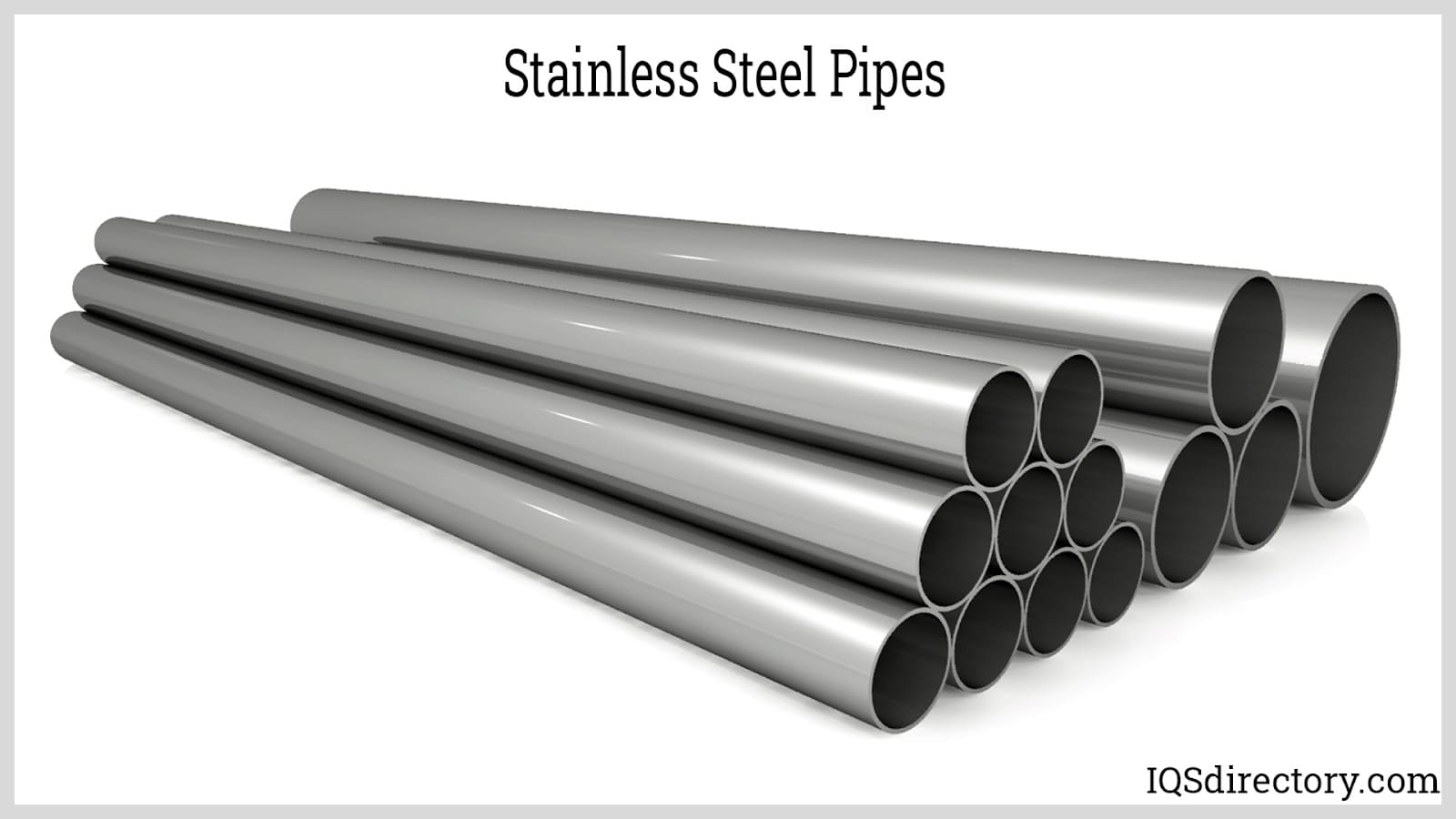


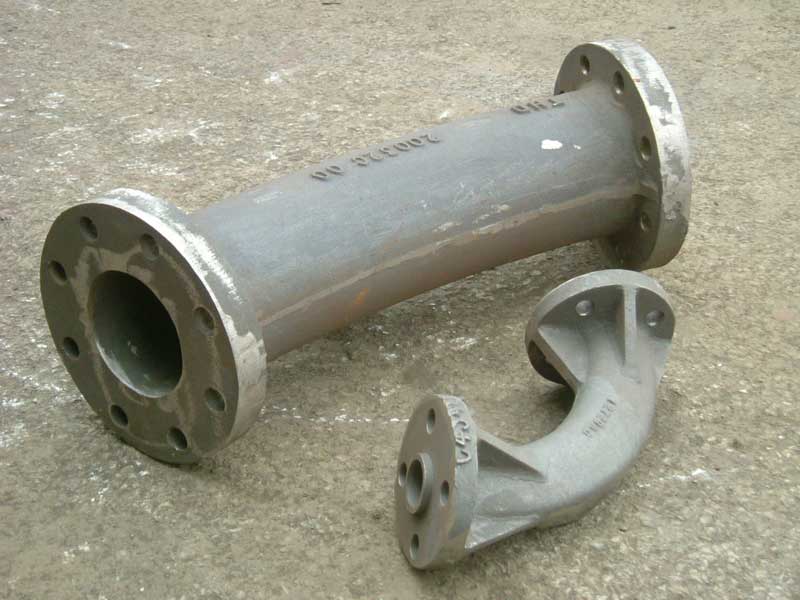
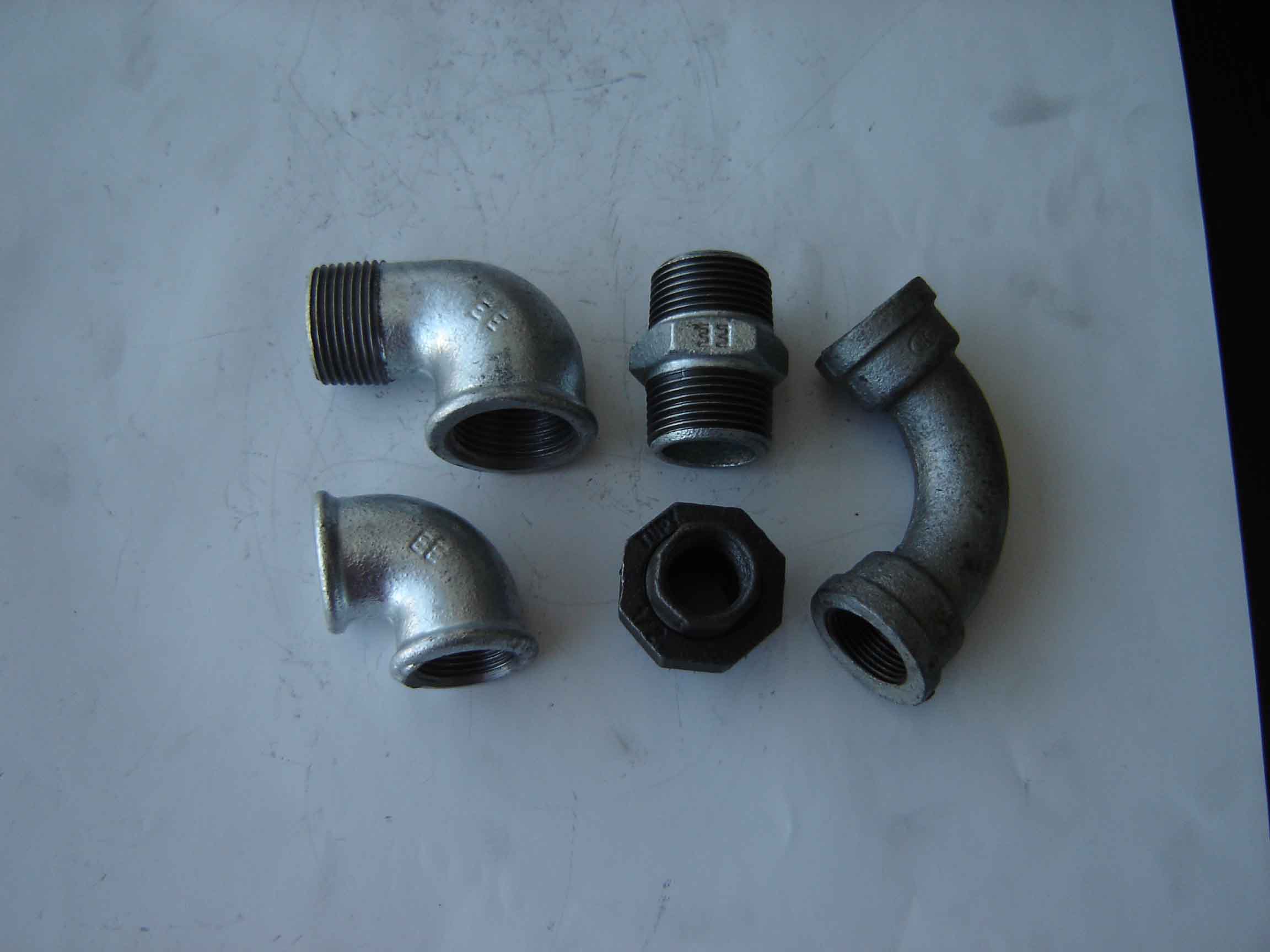
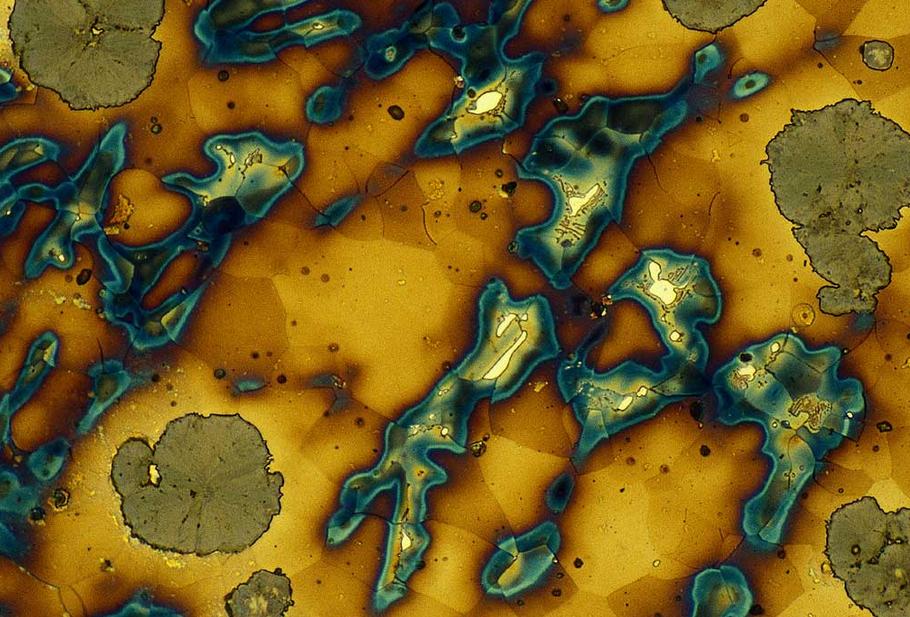
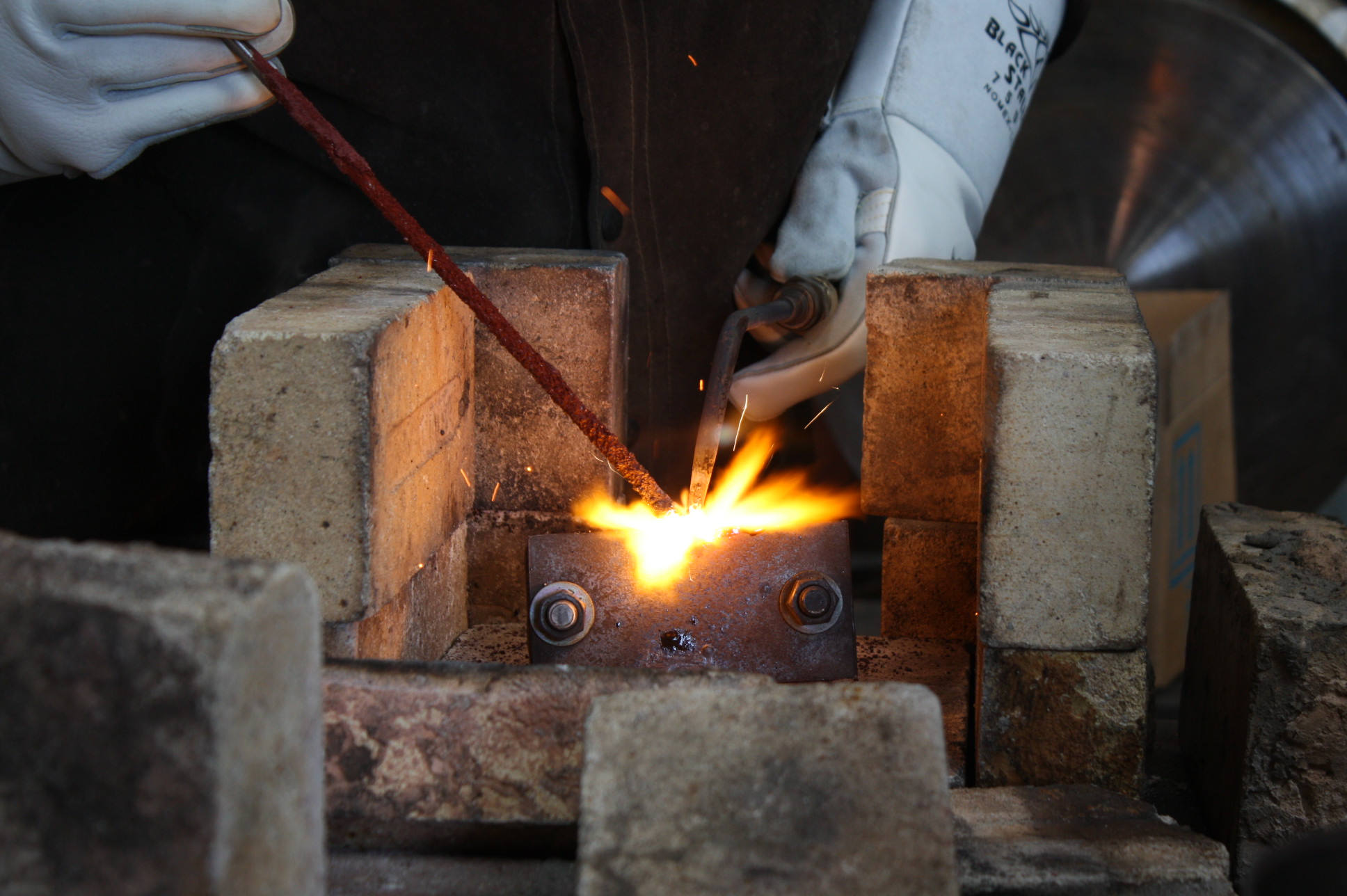
 Alloy Suppliers
Alloy Suppliers  Aluminum
Aluminum  Aluminum Extrusions
Aluminum Extrusions  Copper-Brass-Bronze
Copper-Brass-Bronze  Nickel
Nickel  Magnets
Magnets  Stainless Steel
Stainless Steel  Stainless Steel Tubing
Stainless Steel Tubing  Steel Service Centers
Steel Service Centers  Titanium
Titanium  Tungsten
Tungsten  Wire Rope
Wire Rope